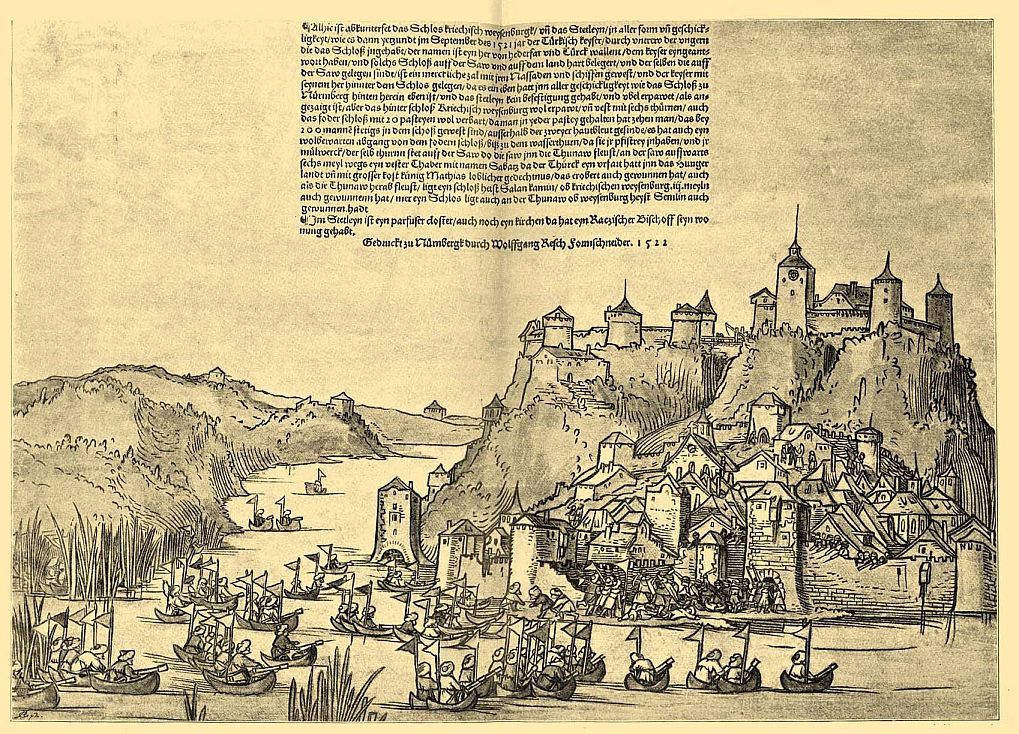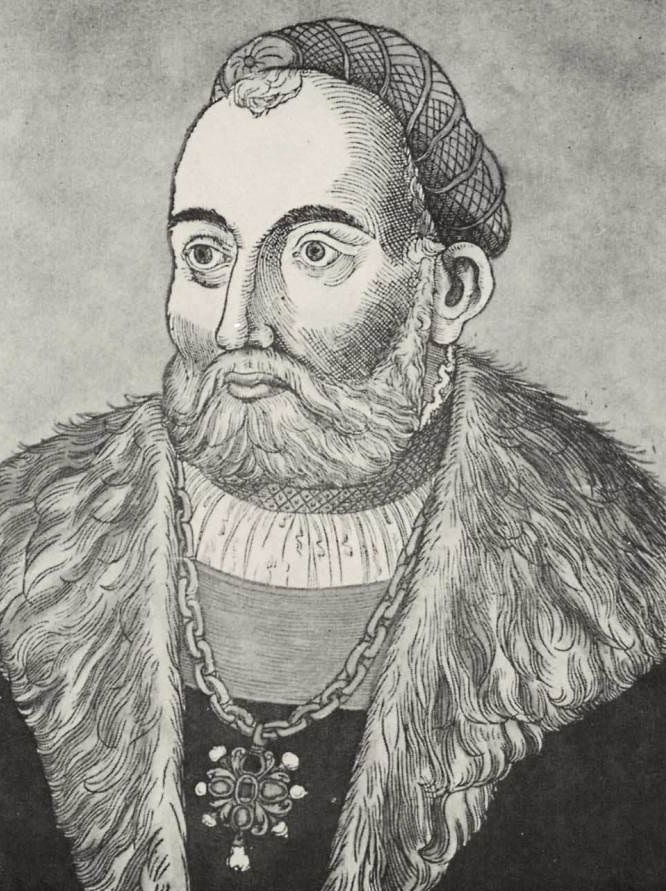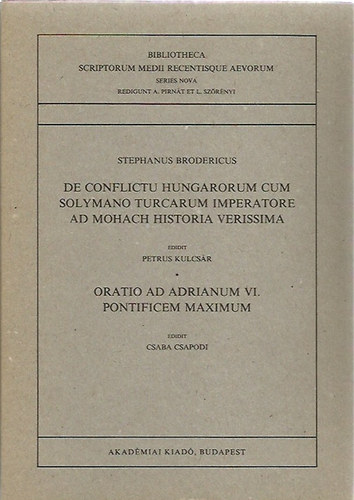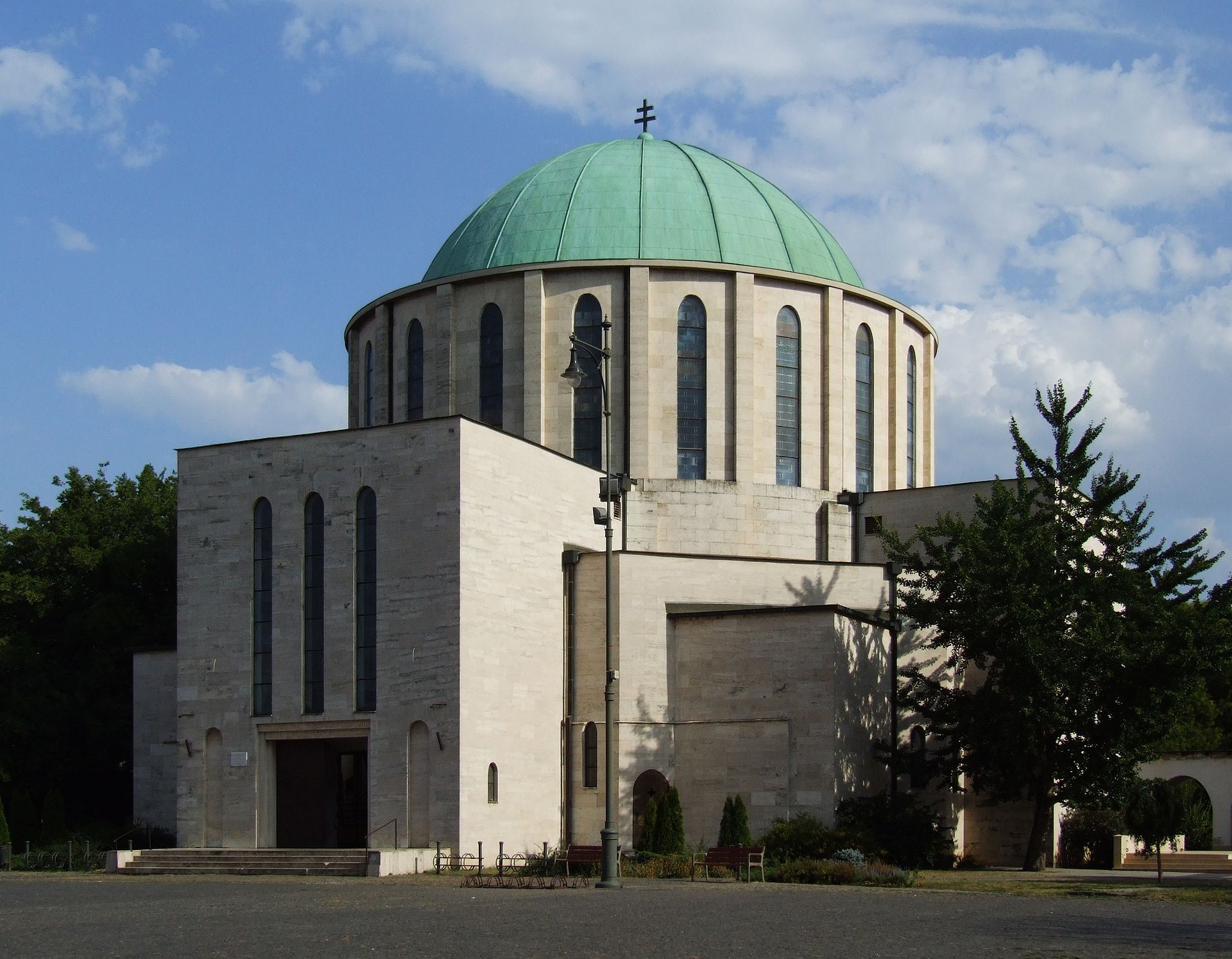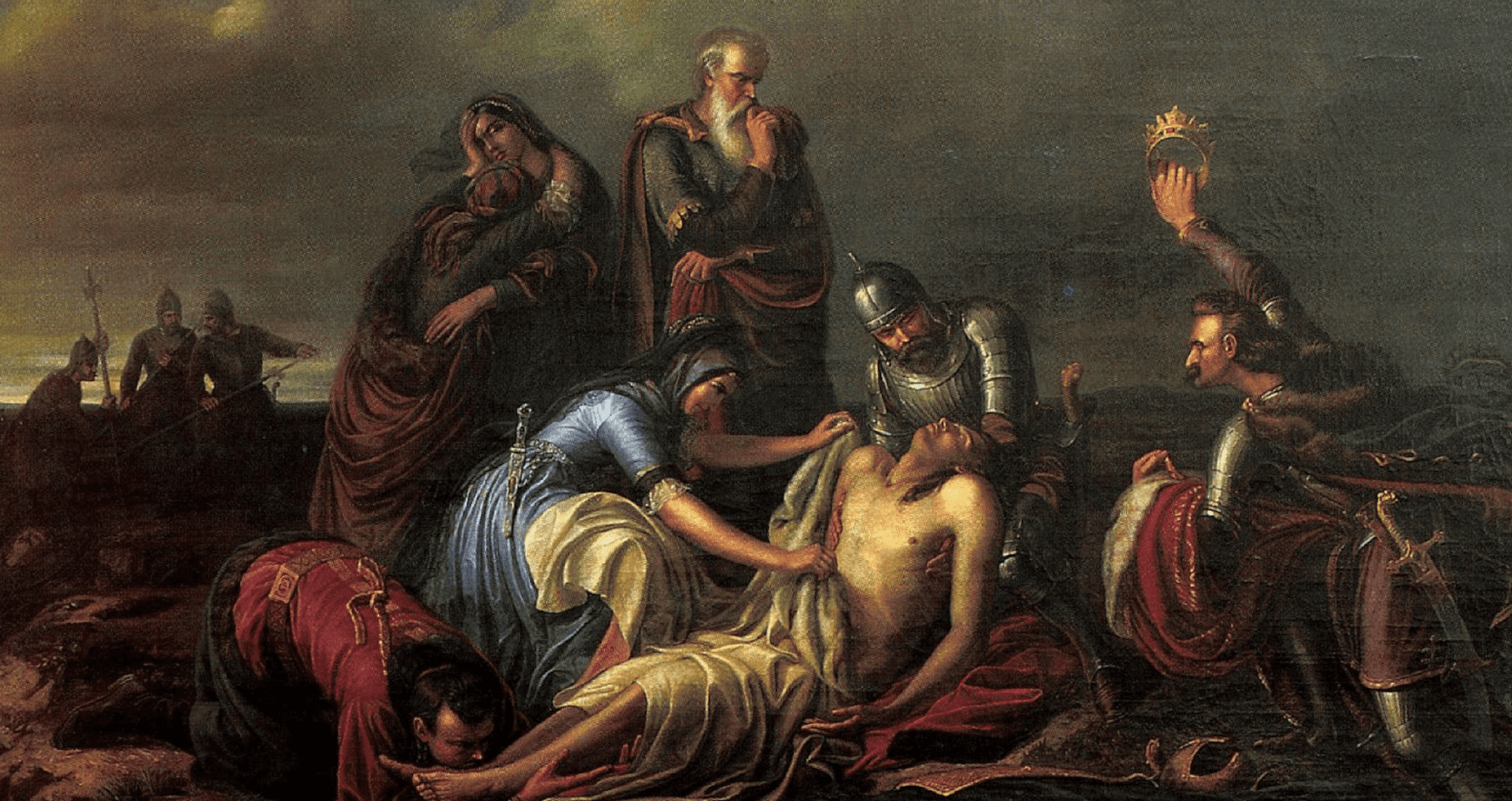
The allegorical historical painting depicts the tragic aftermath of the 1526 Battle of Mohács, with the lifeless body of King Louis II discovered and the Holy Crown triumphantly raised as a symbol of national survival. Some interpretations suggest that one of the figures resembles the poet Sándor Petőfi, linking the painting to the spirit of Hungarian freedom.”
The vast cemetery of our national greatness – The Battle of Mohács – Mohacs National Heritage Park
Hungarian figure of the „The myth of national disaster” topic
The Battle of Mohács, fought on August 29, 1526, remains one of the most tragic and defining moments in Hungarian history, often referred to as the „vast cemetery of our national greatness.” This devastating defeat against the Ottoman Empire not only led to the collapse of the medieval Kingdom of Hungary but also marked the beginning of a period of occupation and division that lasted for over 150 years.
The prelude to the battle involved a series of critical events that shaped the outcome at Mohács. Earlier, in 1521, the Siege of Belgrade (Nándorfehérvár) had already demonstrated the growing power of the Ottoman Empire under Sultan Suleiman the Magnificent. The fall of Belgrade was a significant blow to the Kingdom of Hungary, exposing its southern borders to further Ottoman incursions. This event served as a grim warning of the challenges that lay ahead, yet Hungary’s fragmented leadership struggled to mount an effective defense. Pál Tomori, the archbishop of Kalocsa-Bács, served as the commander-in-chief of the Hungarian forces during the Battle of Mohács, valiantly leading the army despite overwhelming odds.
Tomori’s leadership, marked by bravery and tragic sacrifice, symbolizes the desperate yet heroic stand of the Hungarian troops against the Ottoman onslaught.
The legend of John Szapolyai’s delay in Gyulafehérvár further exemplifies the disunity and miscommunication that plagued the Hungarian defense efforts. Szapolyai, one of Hungary’s most powerful nobles and a contender for the throne, failed to join the main Hungarian army at Mohács in time. Whether due to political maneuvering, logistical delays, or other reasons, his absence contributed to the Hungarian army’s vulnerability and eventual defeat.
István Brodarics, the bishop of Pécs and one of the key chroniclers of the battle, documented the events leading up to and during the Battle of Mohács. His works provide a vivid and tragic account of the battle’s aftermath, capturing the despair and devastation that followed. Brodarics’ writings remain one of the most important sources for understanding the impact of the battle on Hungarian society and its subsequent history.
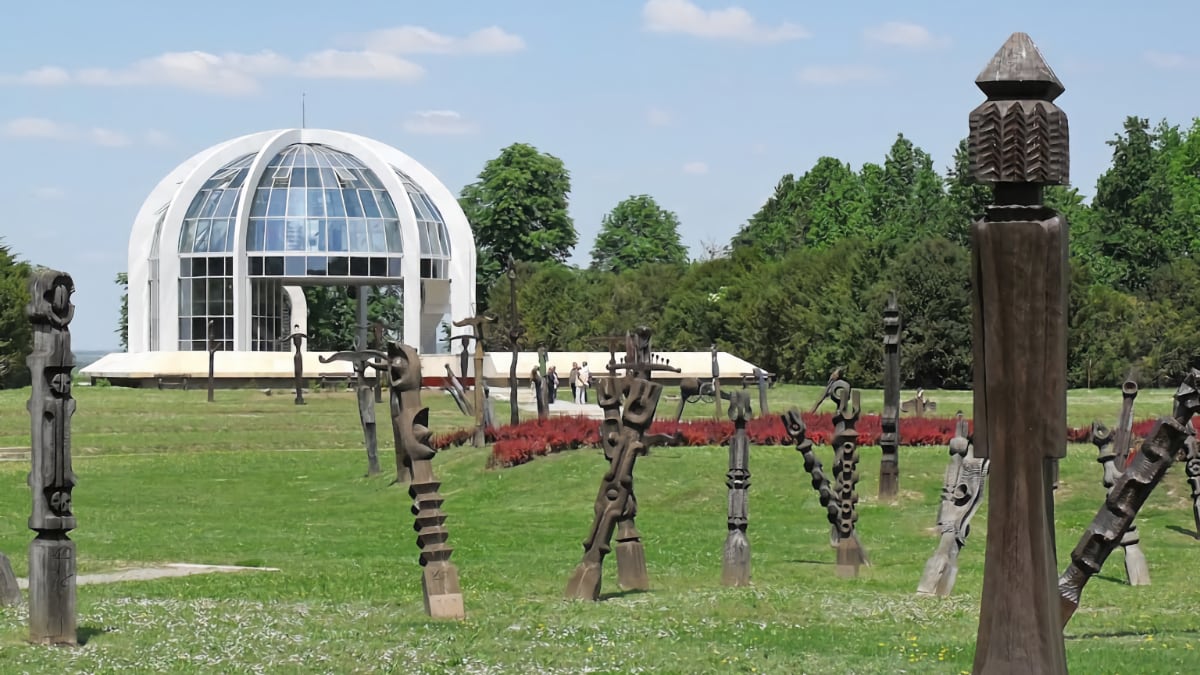
Today, the Mohács National Heritage Park stands as a solemn reminder of the battle and its consequences. The park preserves the memory of those who fought and fell at Mohács, offering a place for reflection and remembrance. The vast fields where the battle took place are marked by monuments and memorials, serving as a testament to the national trauma that the battle inflicted.
The Mohácsi Fogadalmi Templom (Votive Church) was built as a memorial to the battle and as a symbol of Hungary’s enduring spirit. The church commemorates key anniversaries of the battle—926, 1976, and the upcoming 2026—marking the passage of time and the long-lasting significance of Mohács in Hungarian collective memory. The official memorial policies associated with these anniversaries reflect the ongoing importance of the battle in Hungary’s national consciousness.
The Battle of Mohács is more than just a military defeat; it represents the end of an era and the beginning of a long period of hardship for Hungary. The disunity, delayed reinforcements, and the overwhelming power of the Ottoman forces combined to create a national tragedy that reshaped the country’s history. The legacy of Mohács continues to be felt in Hungary, serving as both a warning and a symbol of the resilience of the Hungarian people. The memory of Mohács, preserved in literature, monuments, and national consciousness, remains a central element of Hungary’s historical identity.
Facts


